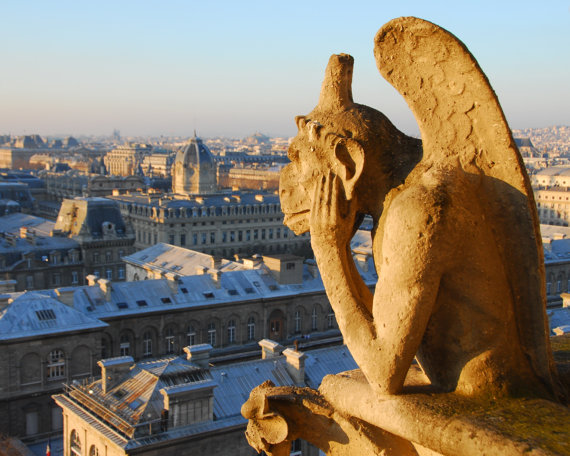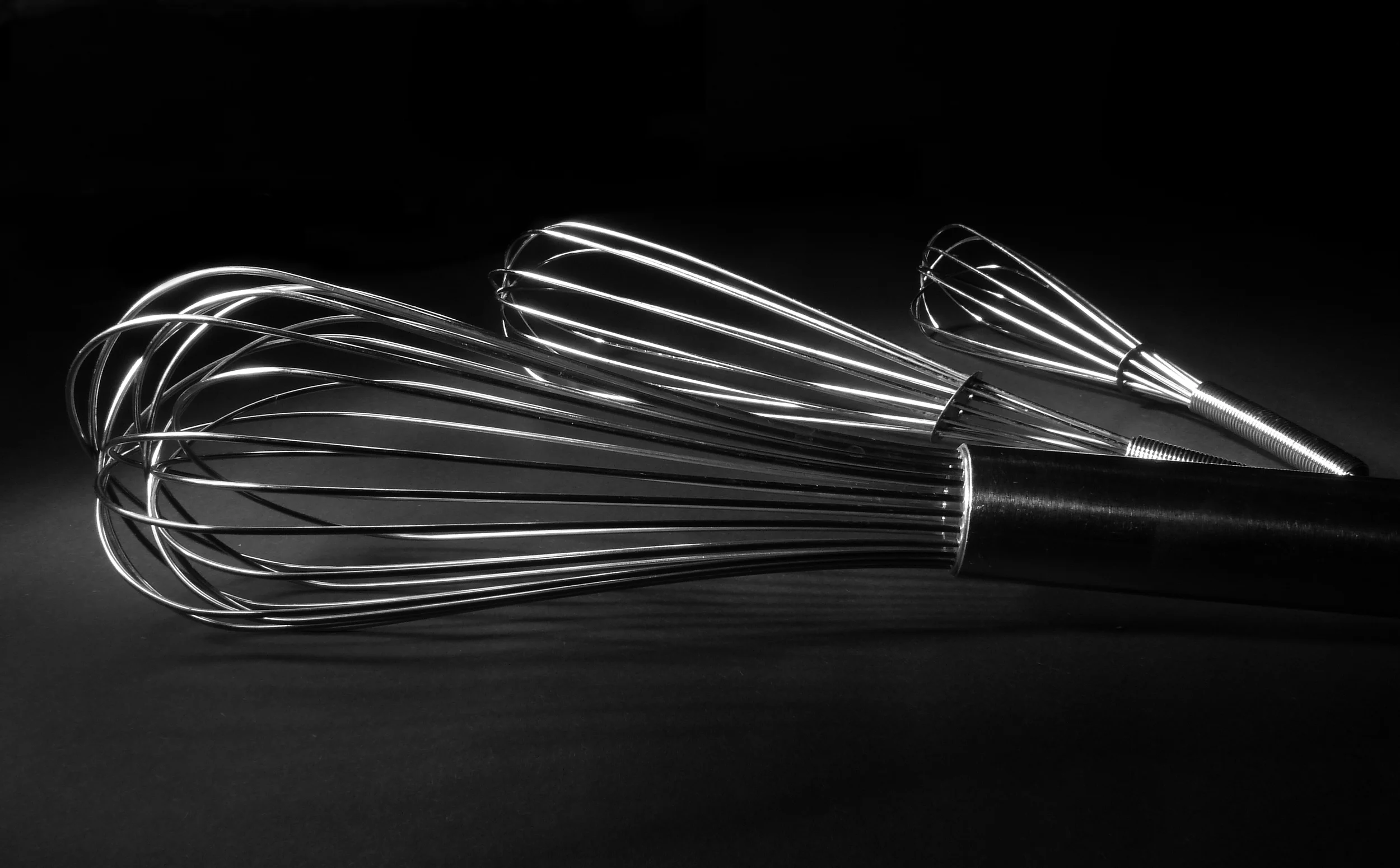It is often said that a great woman stands beside every great man, and that is also true of many of France’s greatest champagne houses. Leading and legendary among this elite group of revered ladies is Madame Barbe-Nicole Clicquot.
 Born into a time of turmoil and change, Madame Clicquot moved through the wake that followed the bloody chaos of the French Revolution with all the grace, courage and insight of a modern business woman. She was, in short, a marvel and the mother of champagne.
Born into a time of turmoil and change, Madame Clicquot moved through the wake that followed the bloody chaos of the French Revolution with all the grace, courage and insight of a modern business woman. She was, in short, a marvel and the mother of champagne.
Born Barbe-Nicole Ponsardin, she was the daughter of Count Nicholas Ponsardin, a wealthy textile manufacturer, hotel owner and an astute observer of France’s turbulent political scene. Moving with the times, Count Ponsardin survived the French Revolution that cost so many French nobles their lives.
At age 21 Barbe-Nicole Ponsardin married Francois-Marie Clicquot, who was then 24 years old. Due to ill health, he had only joined his father’s business in Rheims 18 months before becoming a groom. One year later Francois-Marie and Barbe-Nicole were the proud parents of a beautiful baby girl named Clementine.
To support his new family, Francois-Marie agreed to travel as a sales representative for his father’s company opening new markets for champagne, banking services and wool. Because his health had been poor since childhood, no one became concerned when six years after his marriage he developed a sudden fever. Twelve days later he was dead!
 Historians believe he died of typhoid, but whatever the cause, Barbe-Nicole Clicquot was now a widow at the young age of 27! Prior to the French Revolution only a few paths were open to a young widow: quickly remarry, join a convent or retire into spinsterhood.
Historians believe he died of typhoid, but whatever the cause, Barbe-Nicole Clicquot was now a widow at the young age of 27! Prior to the French Revolution only a few paths were open to a young widow: quickly remarry, join a convent or retire into spinsterhood.
But there was a new spirit of individualism abroad in the land as old class structures were swept away by the Revolution. Noting that many other red and white wine firms were being run by the widows that the Revolution had created, she fought her father-in-law’s desire to simply close the firm.
Instead, she eliminated every product and service from her new company except champagne. She chose to invest her own limited inheritance and begin to make culinary history.
 Her first problem was the champagne itself. The bubbles were often uncontrollable and large. This caused breakage and an inconsistent product.
Her first problem was the champagne itself. The bubbles were often uncontrollable and large. This caused breakage and an inconsistent product.
She solved this process by developing a process called “riddling”. Legend tells the tale that she turned her dining room table on its side and drilled holes through the top so that the corks in her champagne bottles lay at a declining angle towards the floor.
This enabled the sediment that had collected in the bottom of the bottle to be “burped” out the top when opened and then quickly resealed. As a result, the pressure created by the bubbles was controlled and eventually refined, i.e., making smaller bubbles and more stable wine.
Now the Widow or Veuve Clicquot, as she was known in France, had a unique and valuable product. And she knew it. She read the political atmosphere like an insightful broker on Wall Street. She took chances extending credit to those she saw as the future power brokers of Europe as Napoleon’s powers begin to fail.
She cemented the position of champagne in czarist Russia through shrewd marketing and saw to it that her sales representatives taught the young nobles of the court how to saber a French champagne bottle.

Her marketing expertise created such a demand for champagne in England that the elite members of London’s dining clubs would simple order “the widow’s champagne” as they toasted Nelson’s and Wellington’s increasing victories.
Yet she was reported to have wept when her sales representatives wrote her letters describing the destruction that war caused. She hated the loss of both life and commerce. Like many of us today, she saw strife and economic disorder as wasteful and harmful and unnecessary.
 Yet she always saw the future as well. Writing late in life to one of her beloved grandchild, she advised that “the world is in perpetual motion, and we must invent the things of tomorrow. One must go before others, be determined and exacting, and let your intelligence direct your life. Act with audacity.”
Yet she always saw the future as well. Writing late in life to one of her beloved grandchild, she advised that “the world is in perpetual motion, and we must invent the things of tomorrow. One must go before others, be determined and exacting, and let your intelligence direct your life. Act with audacity.”
Though she died in 1866 at the venerated age of 89, she left to all of us a lasting heritage of courage and style, all tied to a beautiful bottle of French champagne. So lift a glass of the world’s finest true champagne (and that does mean a French champagne )and toast this very remarkable woman, the Veuve Clicquot Ponsardin, who broke all the rules and made the world a better place one bottle at a time!
Your Culinary World copyright Ana Kinkaid/Peter Schlagel 2011


 Your Culinary World copyright Ana Kinkaid/Peter Schlagel 2012
Your Culinary World copyright Ana Kinkaid/Peter Schlagel 2012
















